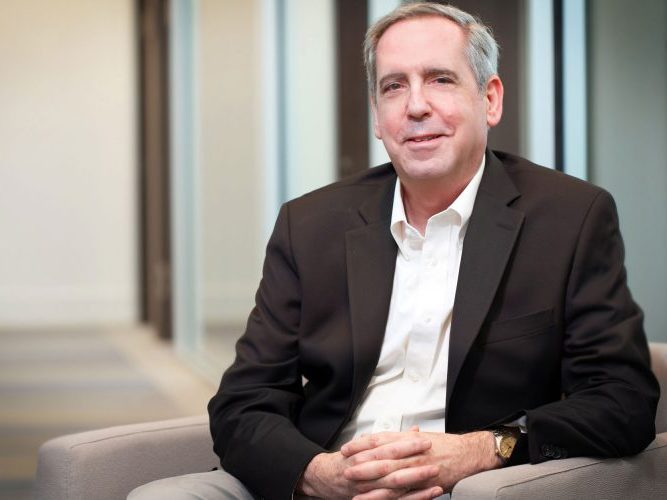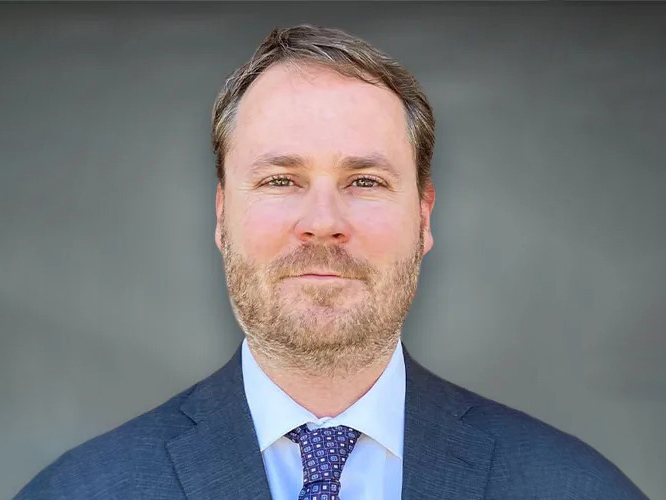Economist’s View: The Watchwords for 2023 Are Uncertainty and Stress
Hugh Kelly on how investors can be proactive rather than reactive in the face of disruptions on the horizon.
William McChesney Martin, the longest-serving chair of the Federal Reserve Board (1951 – 1970), famously described the Fed’s role as “taking away the punch bowl just as the party is getting going.” There is general agreement, in late 2022, that this time the Fed left the punch bowl around a bit too long, and we are now dealing with inflation as the hangover effect of that delay.
There have been 13 U.S. recessions since the end of World War II, and with few exceptions the Fed has signaled an intention to navigate the economy to a “soft landing.” You can count on one hand, with a finger or two left over, the number of times that intention was successfully executed. A ‘soft landing,’ meaning tightening monetary policy but avoiding an economic contraction, requires not only adroit management by the Fed but a confluence of favorable factors far beyond the Fed’s control. Current Chair Jerome Powell appears to realize this and knows that reliance on traditional economic tools is running afoul of the complexity of an economy challenged by a still-not-concluded pandemic and by drawn-out hostilities in Ukraine. We should be buckling up for a rough ride as we turn into 2023.
The Double Whammy
A few words about those twin challenges. Although pandemic fatigue is a feature of contemporary American society, COVID-19 is hardly in the rearview mirror as 2023 begins. Globally, there have been 631 million cases of the Coronavirus (as of Nov. 1, 2022) with 6.59 million deaths, according to the World Health Organization. Approximately 350,000 new cases are being reported daily, with more than 1,500 reported deaths each day. With the virus continually mutating, the public health emergency remains a potent economic factor both here and abroad.
Since Russia’s invasion of Ukraine in February 2022, military hostilities have been layered onto the economy as a negative disrupting factor. From energy to food to global supply chains, the impact of war is acting as a drag on the global economy and on the U.S. as the world’s largest market. Our challenges mirror those of other nations around the world. We are no better (or worse) than “middle of the pack” when it comes to the outlook for real GDP growth and price inflation–not keeping up with the G20 averages but not so much at risk as Russia, Germany, and the United Kingdom–according to recent analyses by the IMF and OECD.
It is one thing to note such complexities but another and deeper question to consider if the forecasting many depend upon to do business planning is adequate to face up to the challenges. After all, Alan Greenspan himself noted that the array of distinguished economists at the Fed, at the World Bank, on Wall Street, and in academia needed to join him in his confession about the Global Financial Crisis (2008-2011): “Never saw it coming.”
Planning for the Worst
The standard models for forecasting depend upon a dynamic theory of fluctuation around equilibrium. But perhaps what we are experiencing more closely resembles the nearly-impossible-to predict phenomenon of geologic shifts. Pressure builds up below the surface and is suddenly and powerfully released in an earthquake. And then we go through a period of shocks and aftershocks before finding some stability once again.
We may be forgiven for considering the path into 2023 as “impossible to predict”—or strongly uncertain–and subject to intense pressure build-up. But executives cannot take this as justification to avoid planning for such an environment or for avoiding decisions in the face of disruption.
So, what is key in these uncertain and stressful times? The first element is to focus on liquidity. The ability to remain flexible as shocks occur depends upon having financial liquidity, and this means managing toward a “cushion,” whether that means de-levering if one is holding the equity piece of the capital stack or insisting on widening the spread against Treasuries if one is a lender. This is not a time for opportunistic or even value-add strategies that depend upon rising values for success.
The second element is quality in the underlying asset. That means focus on core properties and core markets. In times of enhanced risk, concentration on exit strategy cannot be minimized. When and if the time comes to sell, those who depend upon a reliable cadre of deep-pocket buyers with a bias toward long-duration investing fare the best. Don’t be in the pack of distressed sellers when the “grave dancers” come to town.
The third element requires self-knowledge. Those most prone to loss in difficult times are those who are either impatient or overconfident. The former feel the fight-or-flight syndrome acutely, making decisions more to relieve themselves of the psychological burden of uncertainty than to work toward long-range success. The latter turn a blind eye to serious risk, feeling it will attack others who are not (like themselves) “smarter than the average bear.”
Economies ebb and flow. Real estate professionals understand this and do not panic, even when disruption and shock are the order of the day. Maturity of judgment is all the more critical in times of uncertainty and stress. There is no avoiding risk. The key, at any economic moment, is to be appropriately paid for the risk one is taking.










You must be logged in to post a comment.